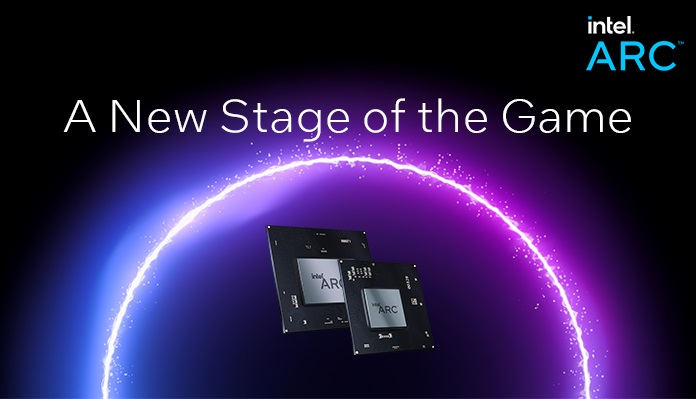Intel has been building toward the release of its discrete gaming GPUs for years, and today, the first wave of these graphics will be completely unveiled.
We will be getting the full rundown on Intel’s discrete graphics performance on March 30 at the company’s Arc event. If you want to be some of the first to see what Intel shows off, you will want to watch the event live.
How to watch Intel’s Arc graphics event

You can catch the whole event on Intel’s website. Keeping up the trend of other tech industry keynotes, the event will be a livestream. There’s even an option to add the event to your calendar so you don’t forget.
The Arc event starts at 8 a.m. PST/11 a.m. EST on March 30.
What to expect
This event is showcasing the company’s mobile GPU efforts, with the desktop cards being revealed further down the line. This decision confused a lot of fans, and Intel further clarified its decision in a blog post. According to the post: “Intel technology powers a significant share of the world’s notebooks, and we have decades of experience building leadership platforms with our partners. By beginning to launch our mobile products first, we aim to bring all our technologies (CPU, graphics, media, display, I/O, etc.) to bear to deliver great experiences.”
Since Intel powers a lot of notebooks, the company is likely using its mobile platform to iron out any kinks and perfect the synergy between all the system components.
The event will show off all the major technologies Intel has been developing for their GPUs, including Intel XeSSand Deep Link. We don’t know if Intel intends to announce the first slew of Arc laptops, but recent leaks show they are right around the corner.
You can also expect some performance benchmarks at the event. Intel up until this point has been pretty vague, but they did give us an appetizer about the performance in the aforementioned blog post. It says: “The first Intel Arc discrete graphics products to enter the mobile market will enable up to a 2X improvement in graphics performance vs. integrated graphics alone while maintaining similar form factors.”
So, the mobile GPUs double the performance of regular integrated graphics, but they won’t overly add to the bulk of the laptop. A slim notebook with even moderate gaming power would be a huge win for the company and gamers on the go.
But we will have to wait until the event takes off to know what Arc is truly capable of.



